Growing water chestnuts is an attractive option for many farmers in An Giang because of its good adaptability, few pests and diseases and stable prices. In the pond where water chestnuts are grown, Mr. Phuc, a farmer in My Thoi ward, Long Xuyen city, releases 40kg of snakehead fish and catfish fry, and 10kg of crab fry.
In particular, water caltrop is easy to grow, requires little care, has a long harvest time, and brings in a good source of income.
Mr. Bay Phuc (My Thoi ward, Long Xuyen city, An Giang province) said: "I have more than 9 hectares of land for growing crops. During the flood season, I switch to growing Taiwanese water caltrops.
This variety is very strong, resistant to some pests and diseases, has delicious fruit, and is popular with customers.
Every day, my husband and I harvest 50 - 60kg, selling for 8,000 VND/kg to retailers.
Before the flood season, he pumps water into the field 20-30cm high, and plants the larvae to take root. When the water rises, the larvae begin to grow.
If the water chestnut is too thick, farmers should plant water chestnut cuttings and let the leaves touch each other.
The fields for growing water chestnuts do not use fertilizers or pesticides, but use alluvium as natural nutrients, so the water chestnuts will be of better quality and tastier.
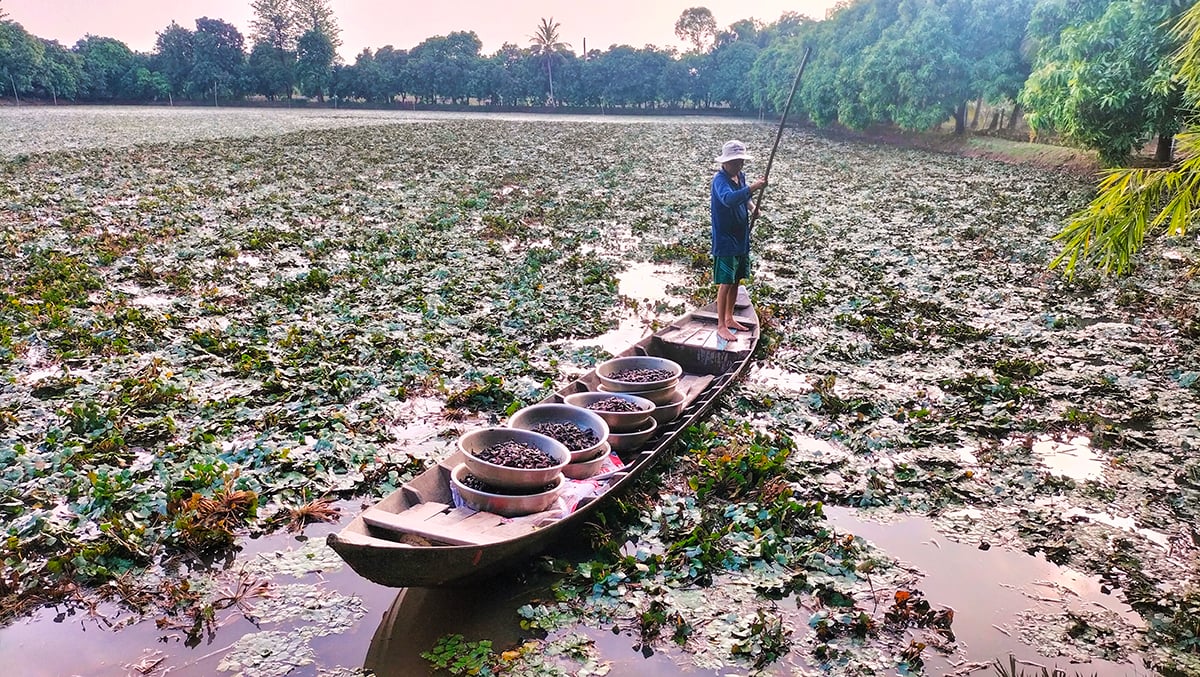
Model of growing water chestnuts (water chestnuts, water chestnuts) combined with raising snakehead fish, catfish, and crabs in the same pond of Mr. Phuc, a farmer in My Thoi ward, Long Xuyen city (An Giang province).
Mr. Bay Phuc (My Thoi ward, Long Xuyen city, An Giang province) said that growers must treat golden apple snails to limit them from eating young leaves and young fruit.
In the pond, Mr. Phuc released 40kg of snakehead fish and catfish fry, and 10kg of field crab fry.
Since the beginning of the season, he has harvested nearly 3 tons of larvae, more than 10kg of field crabs, and at the end of the season he will harvest more fish, preparing capital for the new crop.
At this time, he chooses old, large, round water chestnuts to keep as seeds for next year's crop.
The remaining young stems are composted to add nutrients, regenerate fresh and porous soil, and reduce fertilizers and pesticides for the crop.
Similarly, Mr. Ba Tien ( Hoa Binh commune, Cho Moi district, An Giang province) cultivates 1 rice - sesame crop on 2 hectares of land.
When the water rose, instead of leaving the land empty, Mr. Ba Tien switched to planting water caltrop.
After 3 months, the water chestnut tree begins to harvest tubers, each batch (from 10 - 15 days) yields 6 tons of water chestnut tubers, the selling price of water chestnut tubers is 6,000 - 7,000 VND/kg.
Taiwanese water chestnut variety has reduced yield (700 - 800kg of tubers/cong, now only 300 - 400kg/cong), but in return it is resistant to some pests and diseases, has strong vitality, and a long harvest time.
“However, we must regularly check; after harvesting, use biofertilizer, spray to prevent leaf rollers, nourish leaves, and prevent leaf burn. Especially, we must control golden apple snails, this species grows very quickly, eats young leaves and young fruits, and reduces the quality of the fruits,” Mr. Tien noted.
Currently, water chestnuts are in high demand. When the water chestnuts are harvested, there is not enough labor to pick them. While picking, customers are already waiting to weigh them.
The reason is that the area for growing Taiwanese water chestnuts has been narrowed, some places have built embankments to grow Taiwanese mangoes when the price of mangoes increases, thanks to that, households that continue to grow water chestnuts have abundant output and stable prices.
In addition, growing water caltrops during the flood season creates jobs for freelance workers, with income from 200,000 - 300,000 VND/day.
After the water caltrop planting season ends, drain the water, the tiller mixes the water caltrop stems to regenerate the soil, contributing to the rice crop, helping the rice grow, reducing the amount of fertilizer and pesticides, significantly reducing costs and protecting the environment.
The intercropping model of rice - sesame - larva helps farmers have a year-round income, the cultivated land area is continuous even during the flood season, but also does not reduce nutrients or soil hardness.
On the contrary, the soil is naturally nourished, serving a more prosperous life for farmers.
Source: https://danviet.vn/la-ma-hay-o-an-giang-tren-tha-cay-ra-qua-goi-la-cu-duoi-nuoi-ca-loc-cua-dong-kieu-gi-cung-giau-20241224100423339.htm



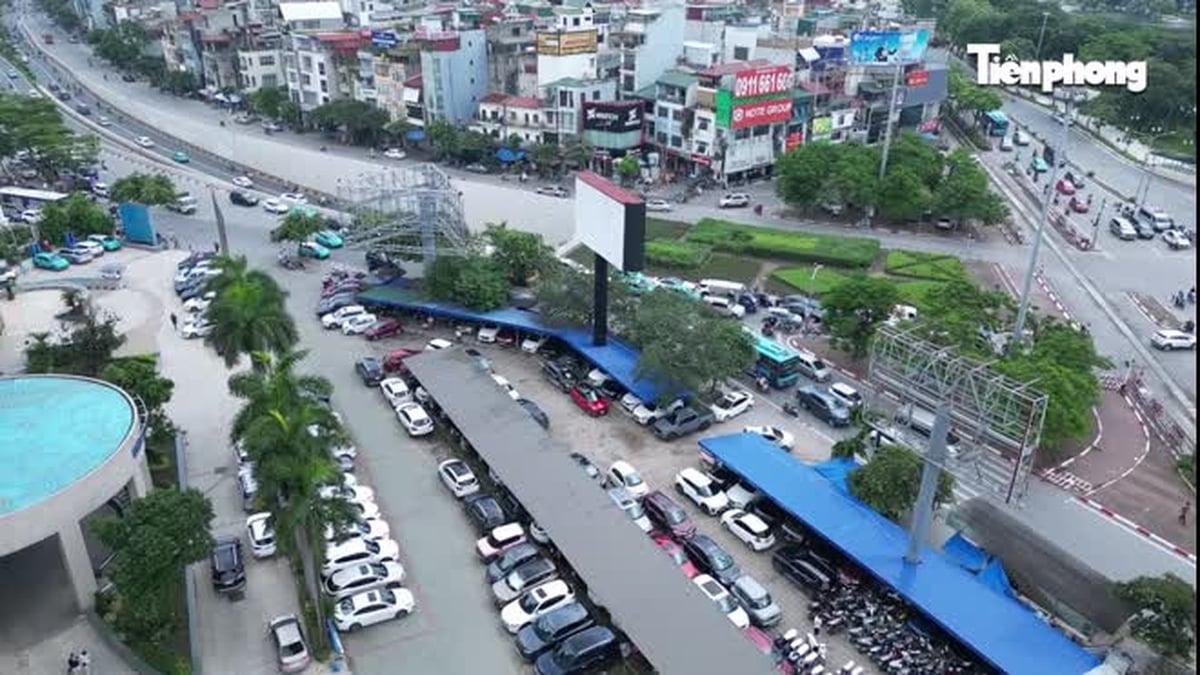


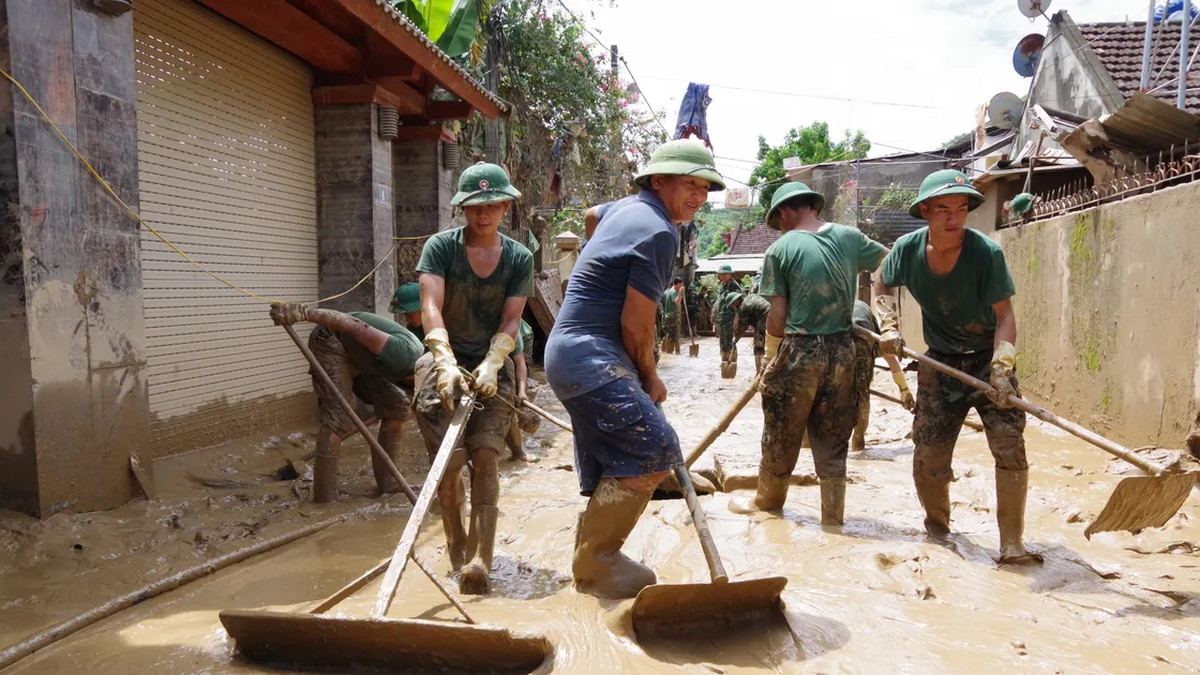
![[INFOGRAPHIC] LG xboom AI: The coolest Gen Z portable speaker this summer](https://vphoto.vietnam.vn/thumb/1200x675/vietnam/resource/IMAGE/2025/7/29/db13af6569c24d0582b8a1c82e7cecd2)

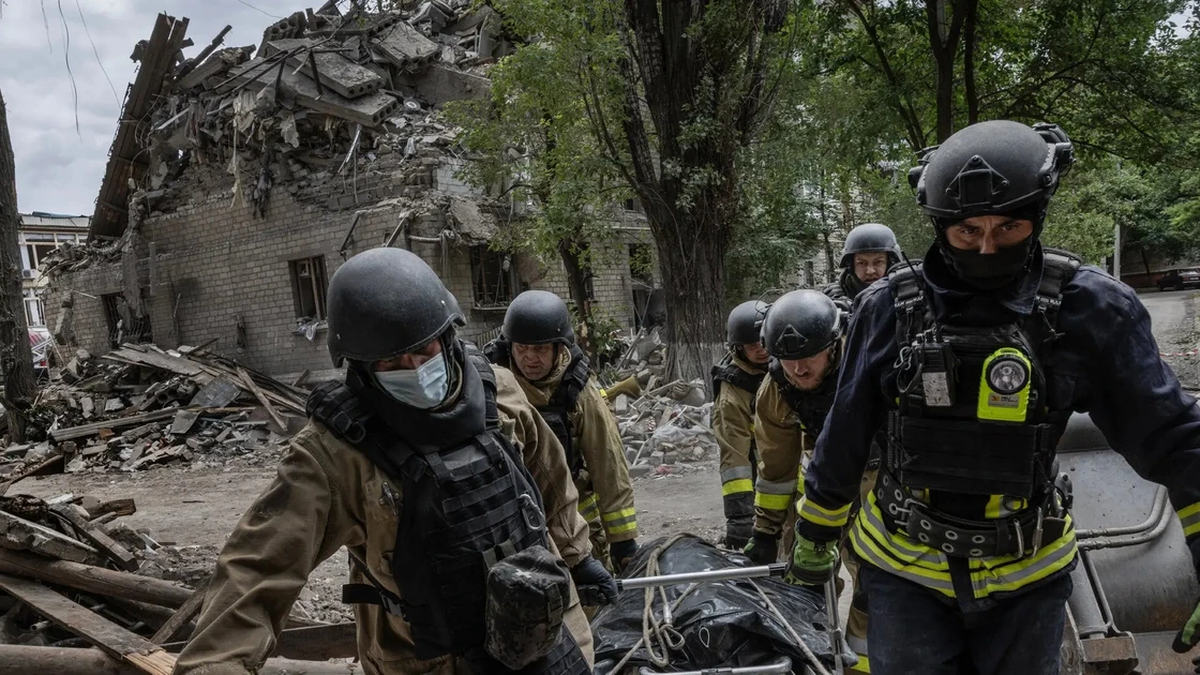
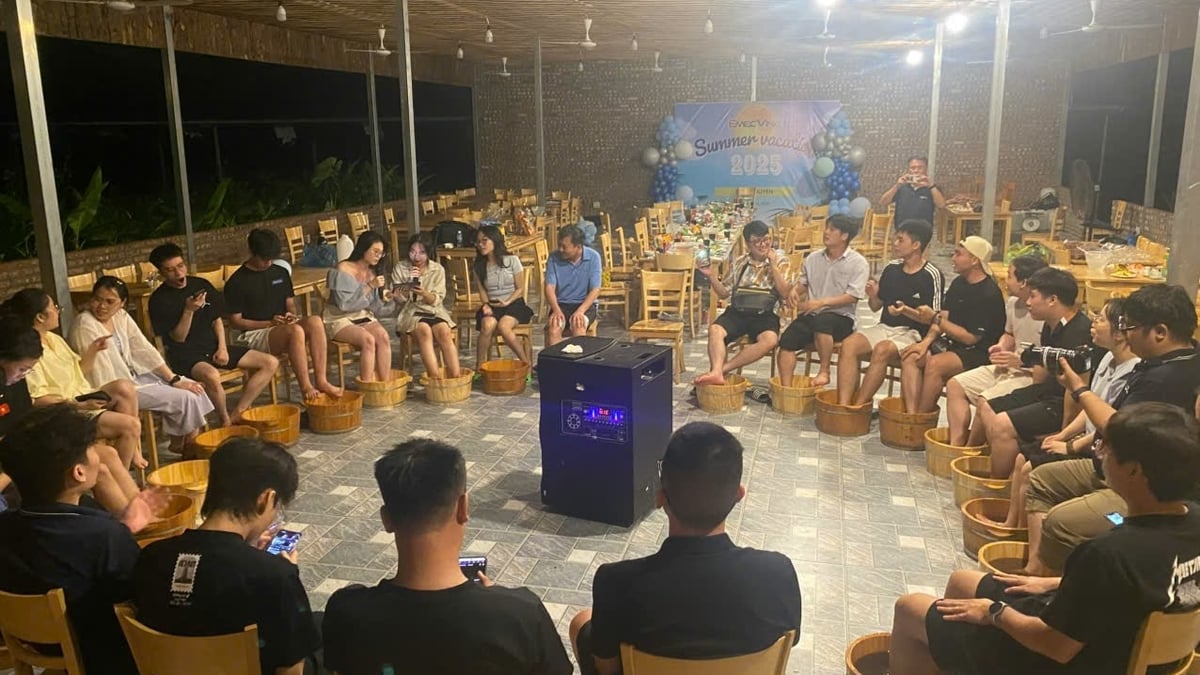










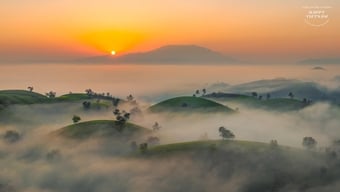


![[Photo] National Assembly Chairman attends the seminar "Building and operating an international financial center and recommendations for Vietnam"](https://vphoto.vietnam.vn/thumb/1200x675/vietnam/resource/IMAGE/2025/7/28/76393436936e457db31ec84433289f72)





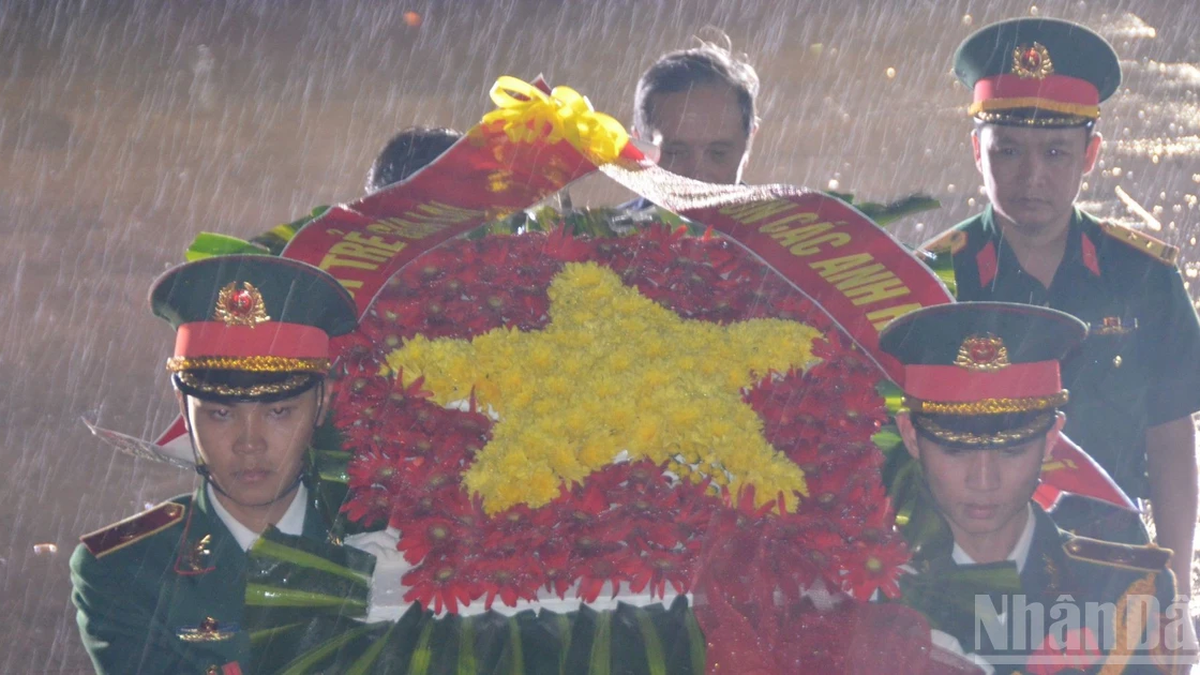





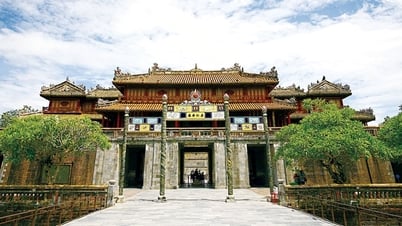

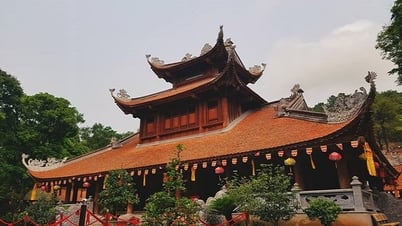

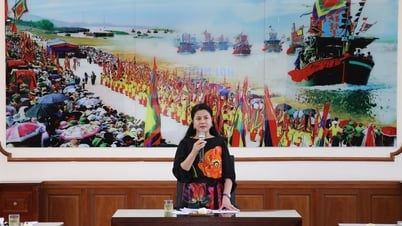
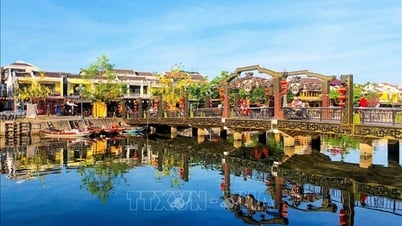

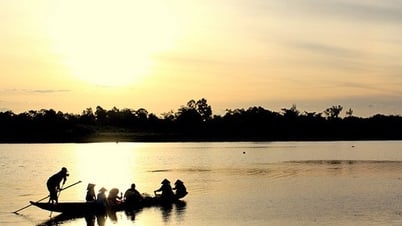



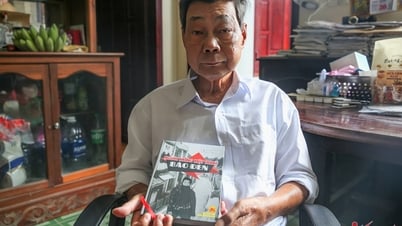


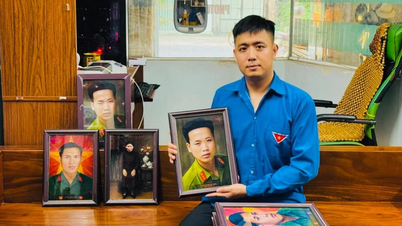


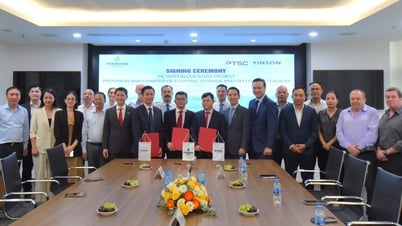

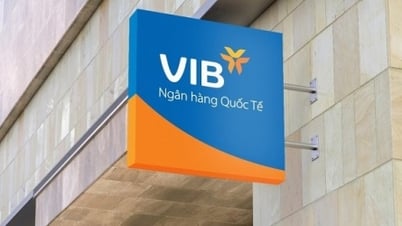

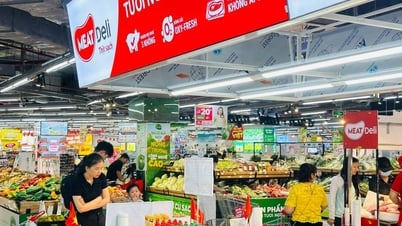



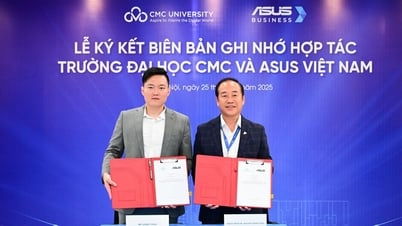

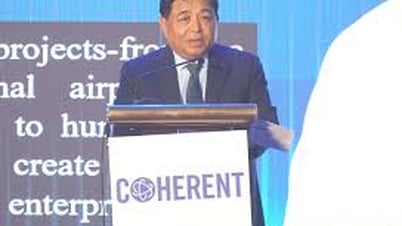
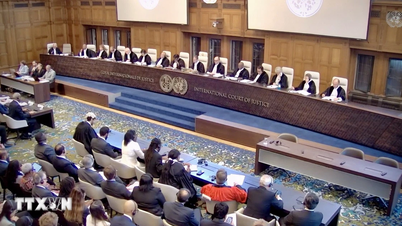

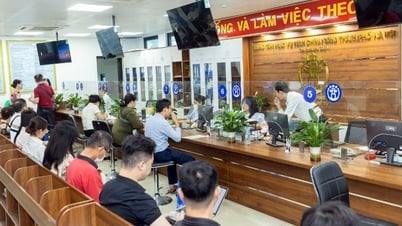




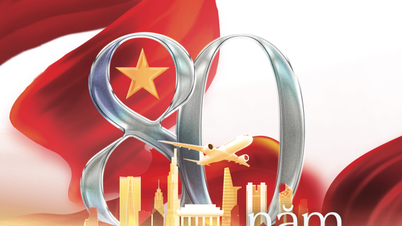

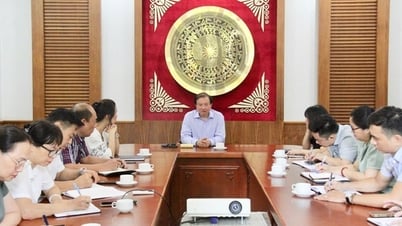

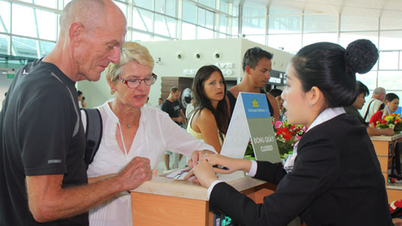
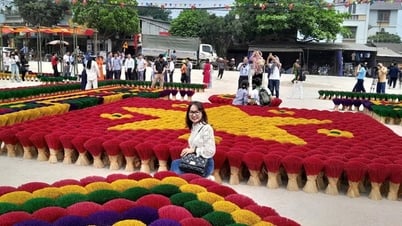




















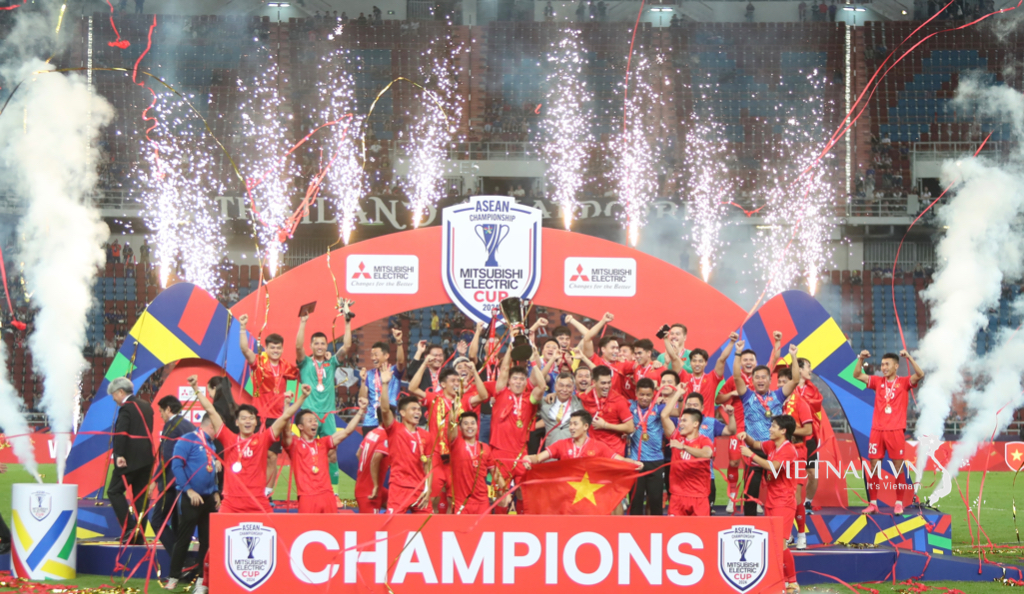


Comment (0)